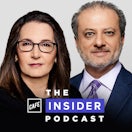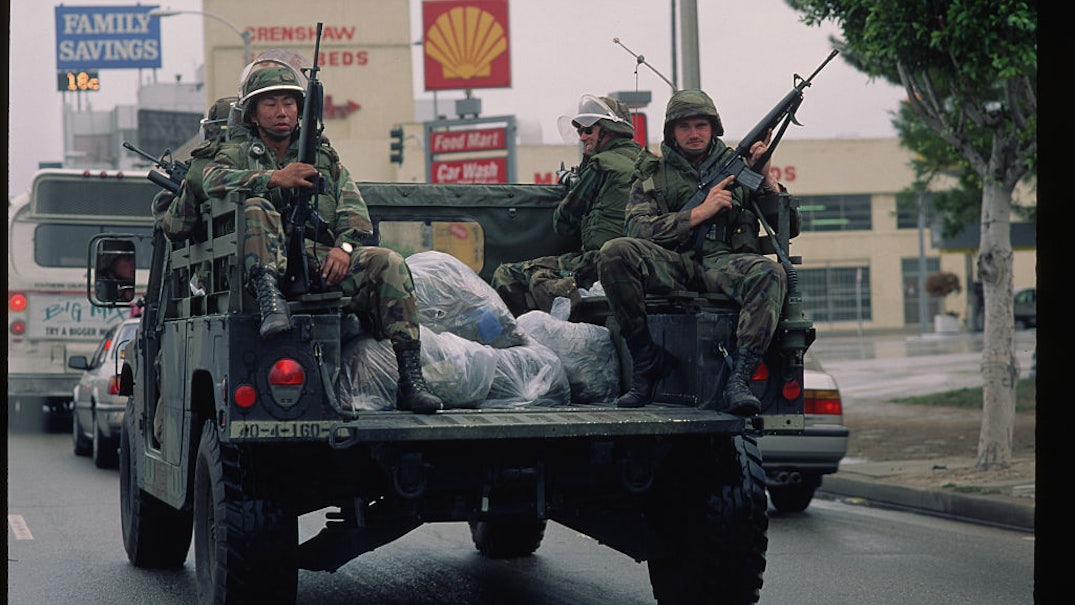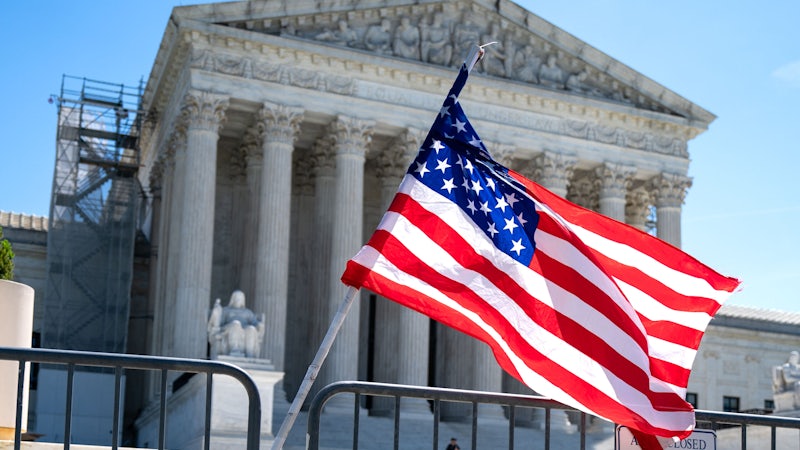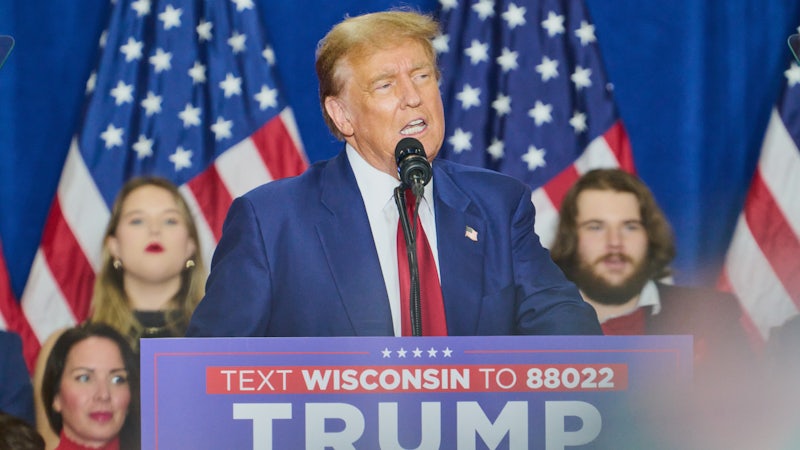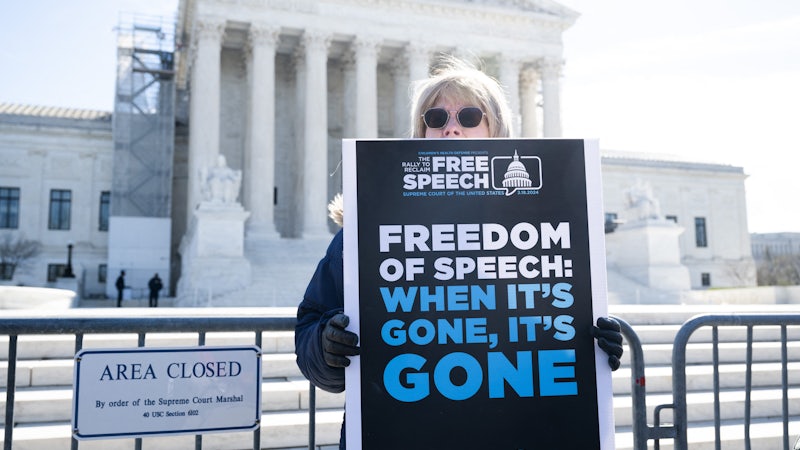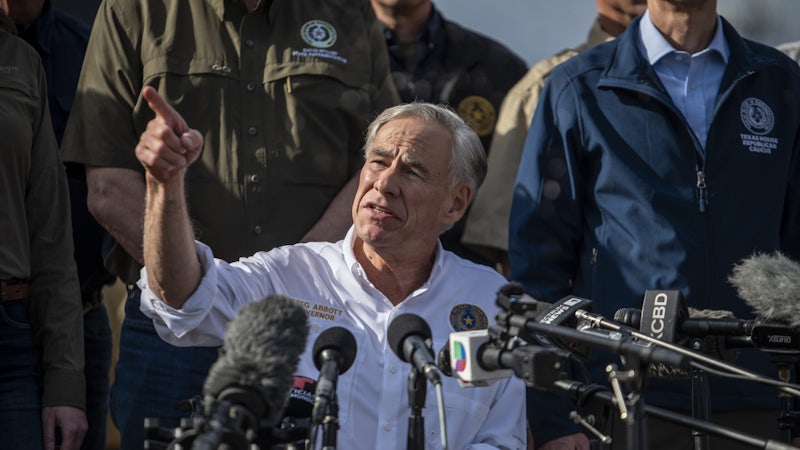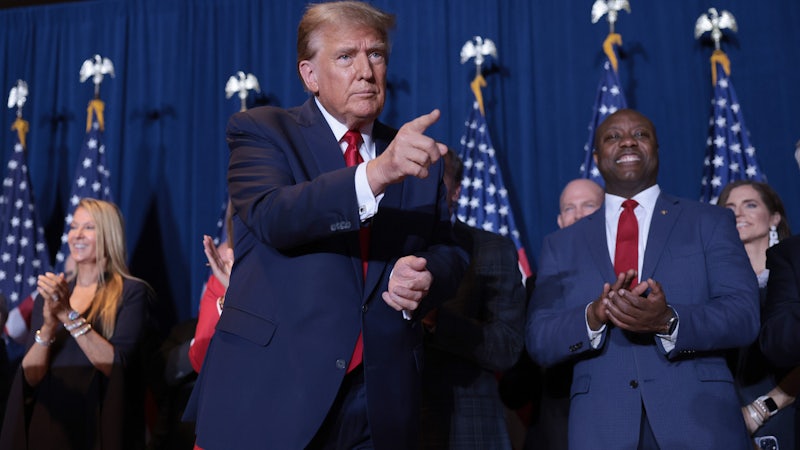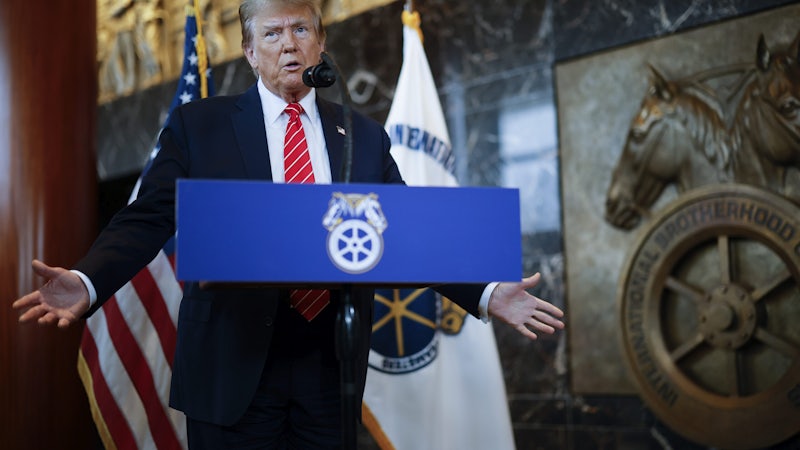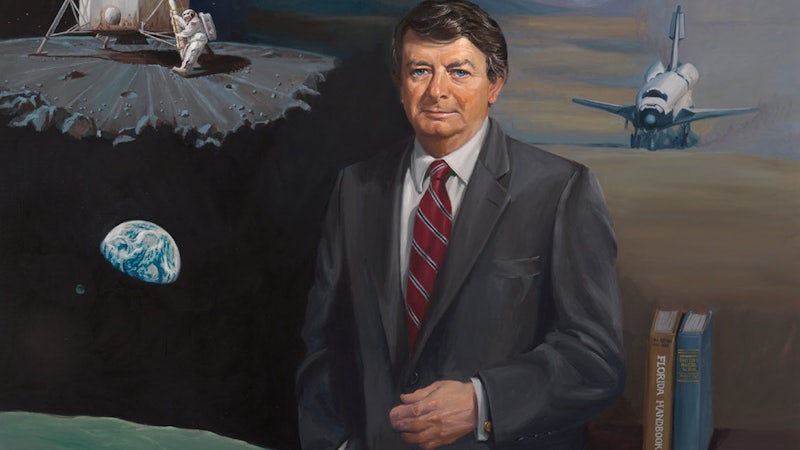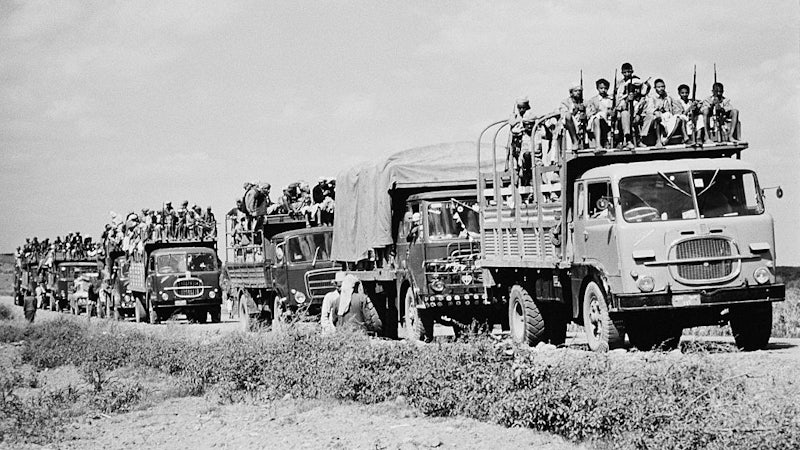Military troops in Los Angeles, May 5th, 1992. Photo Credit: Peter Turnley/Getty Images
By David Kurlander
On Monday night, President Donald Trump gave an already-infamous statement in the Rose Garden. If state governors did not “dominate” the protestors who have been responding to the police killing of George Floyd, Trump said, he would “deploy the United States military and solve the problem for them.” The President’s threat triggered an anxious legal and moral debate over the threat to take control of state National Guards—effectively bringing them under the control of Army and Marine units. These discussions are reminiscent of those had by President George H.W. Bush’s advisors on May 1st, 1992, the last time such a federalization occurred…
The L.A. Riots were sparked by the acquittal on April 29th, 1992 of four LAPD officers who had been videotaped brutally beating 25-year-old African American motorcyclist Rodney King during a traffic stop. The video of the beating had been watched more than any piece of media since the 1986 Challenger disaster. The acquittal, by a mostly white jury, led to a five-day uprising during which 53 people were killed. The violence was an anguished culmination of poverty, the racist tactics of LAPD Chief Daryl Gates, tensions between the African American and Korean American communities, and the sheer symbolic injustice of the acquittal. (The documentaries LA 92 and Let it Fall are powerful primers. For a wrenching collection of on-the-ground essays, read the Alternative Institute of Journalism’s Inside the L.A. Riots: What Really Happened and Why It Will Happen Again.)
The figure tasked with orchestrating the Federal response to the Riots is familiar. As the situation escalated the night of the acquittal, Attorney General Bill Barr, then in his first tenure, began preparing the mobilization of 2,000 officers that made up—in his words—a “polyglot organization.” They were primarily SWAT, FBI, and Border Patrol troops. These forces, not part of the military, would be less controversial than Army troops. There was widespread confusion then, as now, about whether the Insurrection Act of 1807 required the consent of the governor—in this case, California’s Pete Wilson—before troops could be sent.
Barr, for his part, understood that the Act technically gave President Bush the authority to send in troops, as he told the University of Virginia’s Miller Center in 2001. “Basically the President has to issue a proclamation telling people to cease and desist and go to their homes. It’s sort of an antiquated statute. And then if they don’t cease and desist, you’re allowed to use regular Army.” Barr also felt confident in his ability to oversee such a move; he had closely observed from his prior perch at the Office of Legal Counsel the mobilization of U.S. troops to the U.S. Virgin Island of St. Croix following Hurricane Hugo in 1989. Barr, who called the St. Croix intervention “an exercise,” said he “understood all the code sections and what you had to do.”
Barr’s larger rhetoric about the Riots disregarded the larger complaints of L.A. citizens. “My basic take was that this was not civil unrest or the product of some festering injustice. This was gang activity, basically opportunistic,” he said. Barr expressed frustration that both Bush and his successor didn’t share his views: “I don’t know why [Bush] wasn’t more interested in these issues…my role in those things, I felt, was to be more of a law-and-order kind of person, not tolerating this kind of stuff…We could have cleaned that place up. That was shut down by the Clinton people when they came in.”
Barr’s perspective was almost diametrically opposed from that of the Chairman of the Joint Chiefs of Staff, Colin Powell, who would oversee the troops post-federalization. Powell indicated to Barr and National Security Advisor Brent Scowcroft that he would of course be prepared to oversee military forces sent to Los Angeles. Privately, however—according to Powell biographer Karen DeYoung—the Chairman “was sickened at the thought of sending troops to fight fellow citizens.”
On the afternoon of May 1st, Scowcroft asked Powell for help on the President’s televised Oval Office address on the Riots, to be delivered that evening. Powell—a black man—was, again according to DeYoung, “only marginally offended” by the request, recognizing that “minority perspective was in short supply in the White House.” Powell advised that Bush reference Rodney King’s plea for peace from that morning.
Shortly before the broadcast, with Bush mid-makeup, Governor Wilson rang. He wanted military troops. The President turned to his Communications Director, David Demerest, and said, “Dave, the Governor asked me if I would federalize the National Guard and I told him I would. Does that need to be in the speech?” His aide responded, “Mr. President, I think that’s kind of the news of the speech.”
Scowcroft, also in the Oval, called Powell to ask how the troops could be mobilized. “All you’ve got to do is say it,” Powell, at dinner, responded. But Scowcroft did not warn Powell what was coming. Instead, the Chairman, who excused himself to watch the speech, found out when Bush announced that he was sending 4,500 Army and Marine soldiers to Los Angeles and was “instructing Colin Powell to place all those troops under a central command.”
The next week, Powell was scheduled to deliver a commencement address at the historically black Fisk University in Nashville. After the federalization decision, he tore up his speech and wrote another. On May 6th, with federal troops still patrolling Los Angeles, he spoke on the Riots: “Too many African Americans are still trapped in a cycle where poverty, violence, drugs, bad housing, inadequate education, lack of jobs and loss of faith combine to create a sad human condition. A human condition that cannot be allowed to continue if this nation is to hold its rightful place in the world… I want you to fight racism. I want you to rail against it. We have to make sure that it bleeds to death in this country once and for all.”
It is unclear if Powell and Barr ever directly discussed their differing perspectives on the L.A. Riots and the decision to federalize. But it is decidedly clear who is in control today.
The Time Machine Archive
Catch up on the Time Machine’s deep dives into history offering context to understand our present challenges.



